Latest NRAO News
News is managed by NRAO News & Public Information. Questions about News? Have a story to share? Want to interview a scientist or create new media about our telescopes?
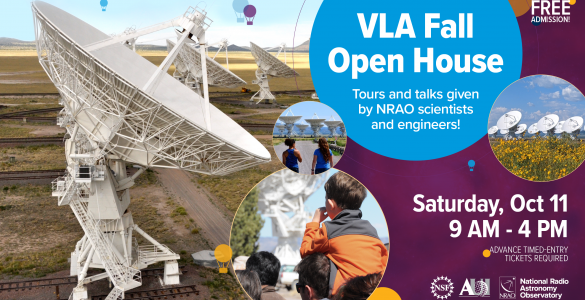
The U.S. National Science Foundation National Radio Astronomy Observatory (NSF NRAO) invites the public to the U.S. National Science Foundation Very Large Array (NSF VLA) for its annual Fall Open House on Saturday, October 11, 2025, from 9:00 a.m. to 4:00 p.m. This free, family-friendly event offers a rare chance to explore one of the world’s most iconic astronomical observatories through guided tours, talks by experts, hands-on learning activities, and more.
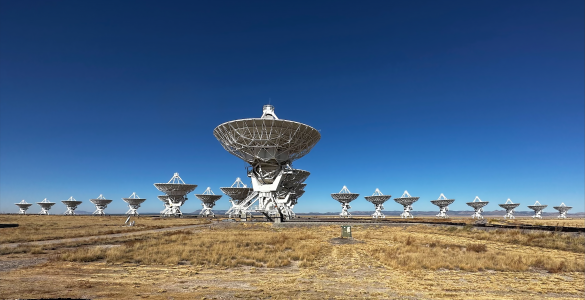
The U.S. National Science Foundation National Radio Astronomy Observatory (NSF NRAO) is proud to announce a significant milestone in advancing STEAM education in rural New Mexico. This achievement is the result of dedicated advocacy by Socorro County and Associated Universities, Inc., whose efforts—combined with bipartisan support from state legislators and Governor Michelle Lujan Grisham—have secured $1.78 million in capital outlay funding for the Next Generation Learning Center at the U.S. National Science Foundation Very Large Array in Socorro County.

The U.S. National Science Foundation (NSF) has announced a new coordination agreement with AST SpaceMobile to address the impact…
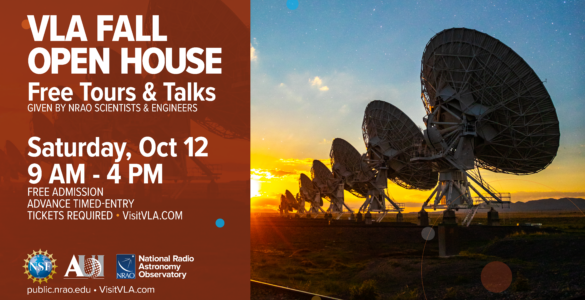
The U.S. National Science Foundation National Radio Astronomy Observatory (NSF NRAO) is thrilled to invite the public to the NSF Very Large Array (NSF VLA) Fall Open House on Saturday, October 12, 2024, from 9:00 am to 4:00 pm.
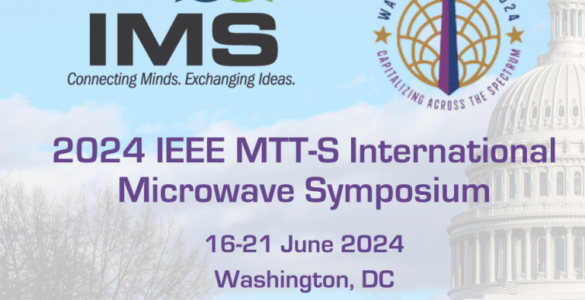
NRAO and the Central Development Laboratory (CDL) will showcase the latest developments in radio instrumentation technology at the 2024 International Microwave Symposium, where NRAO scientist Marian Pospieszalski will be awarded the 2024 Microwave Pioneer Award.
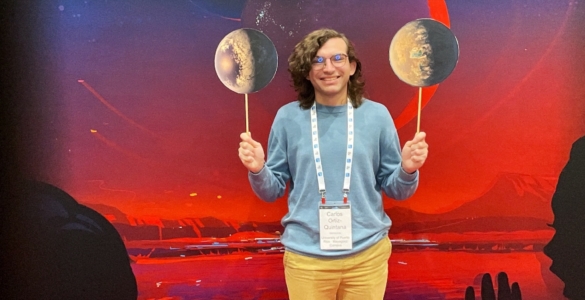
Carlos Ortiz Quintana, an alumnus of the National Astronomy Consortium (NAC) at NRAO, has been awarded a five-year fellowship…
Eighteen high school students receive award for academic achievement, community involvement and leadership skills Below are the recipients of…
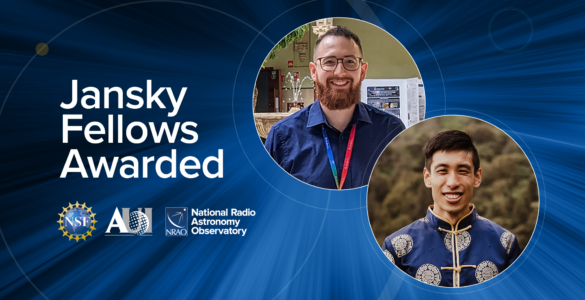
As a part of its central mission to nurture and inspire the next generation of radio astronomers, the National…
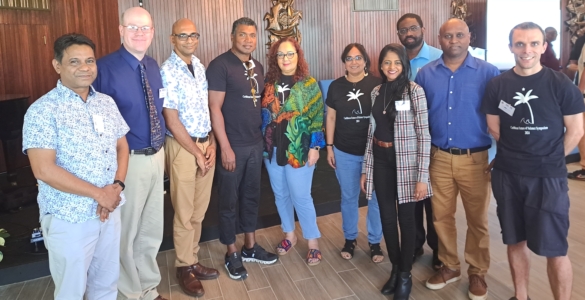
The National Radio Astronomy Observatory (NRAO) participated in an international symposium to bring together scientists from around the world to the Caribbean, to explore the future of science and technology in the region, the abilities of its resident scientists, and those in diaspora.
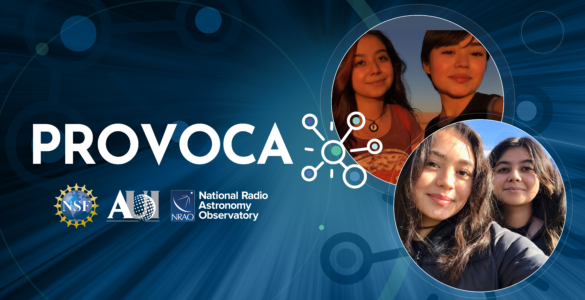
The U.S. National Science Foundation National Radio Astronomy Observatory (NSF NRAO) and Associated Universities, Inc. (AUI) are proud to celebrate the remarkable achievements of two local students, Iris and Camila, as they embark on their journeys into STEM (Science, Technology, Engineering, and Mathematics) careers.





